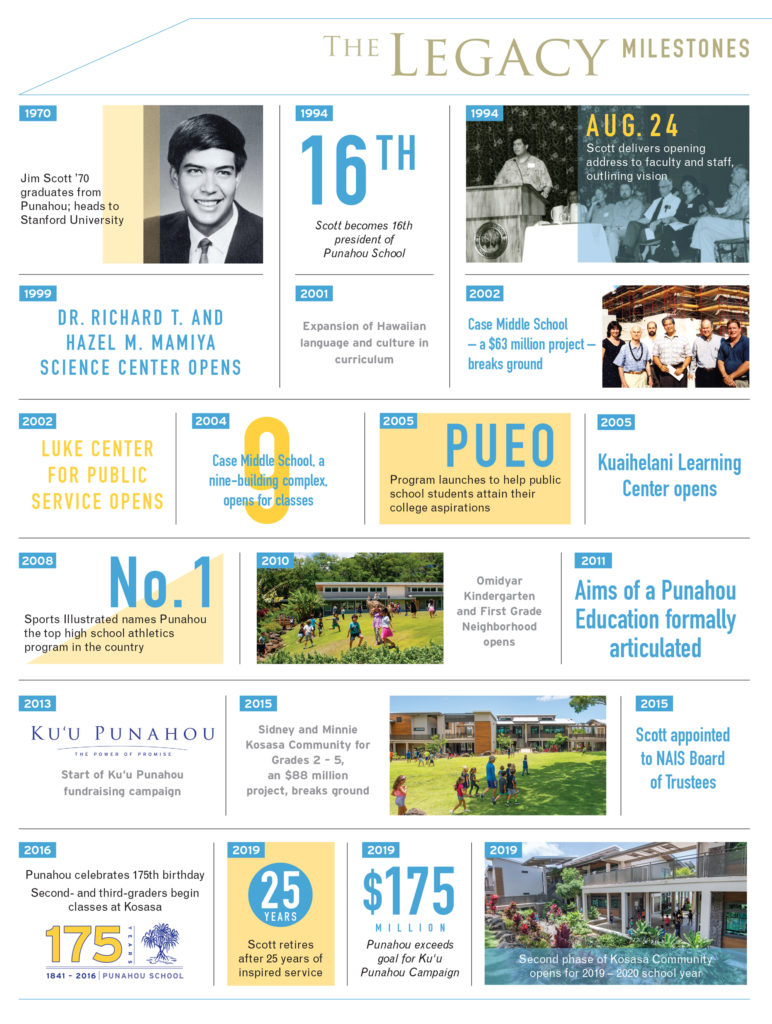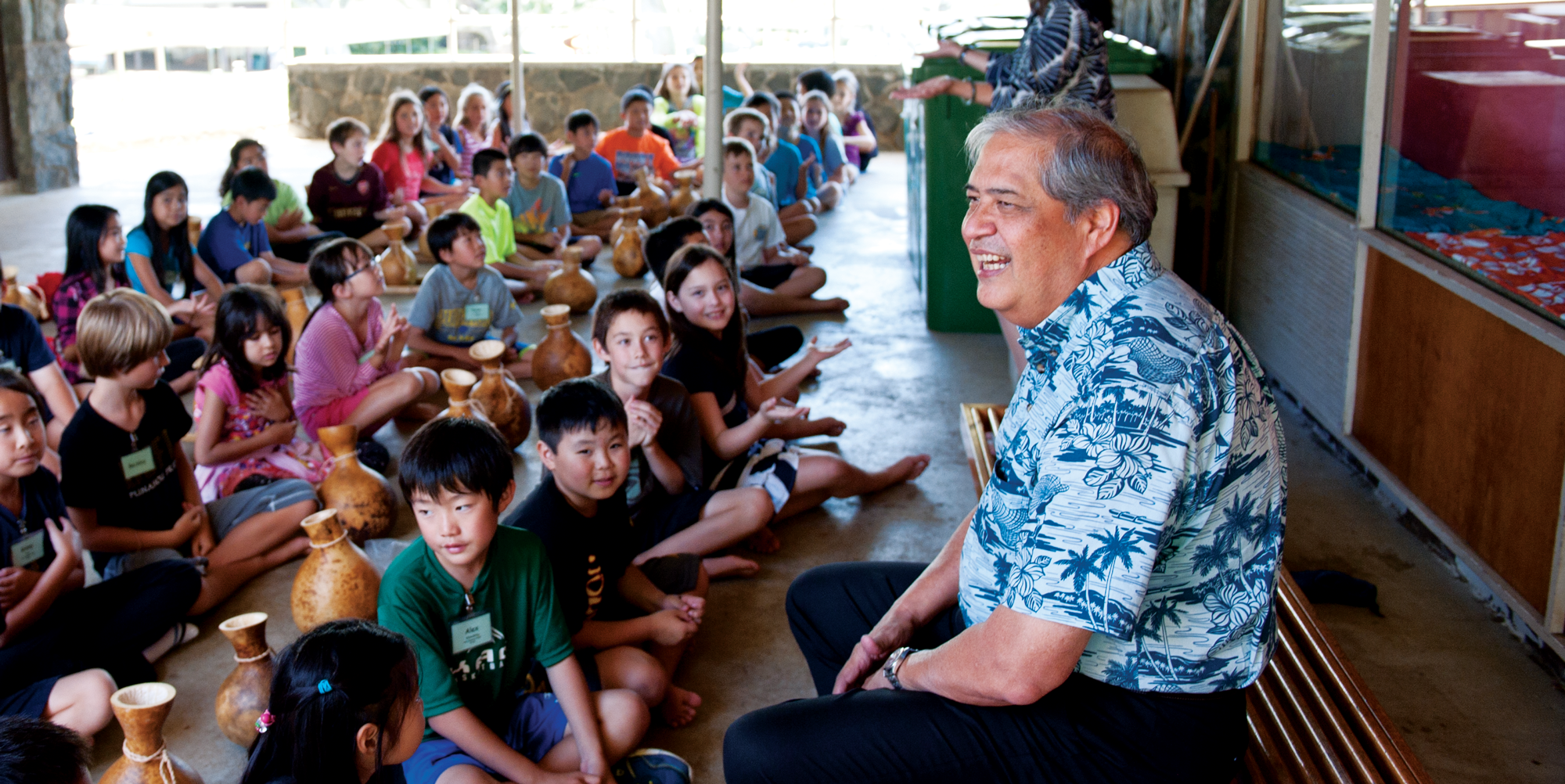Related Stories:
Reflections of Jim Scott ’70
President’s Desk: Mahalo for the Privilege to Serve
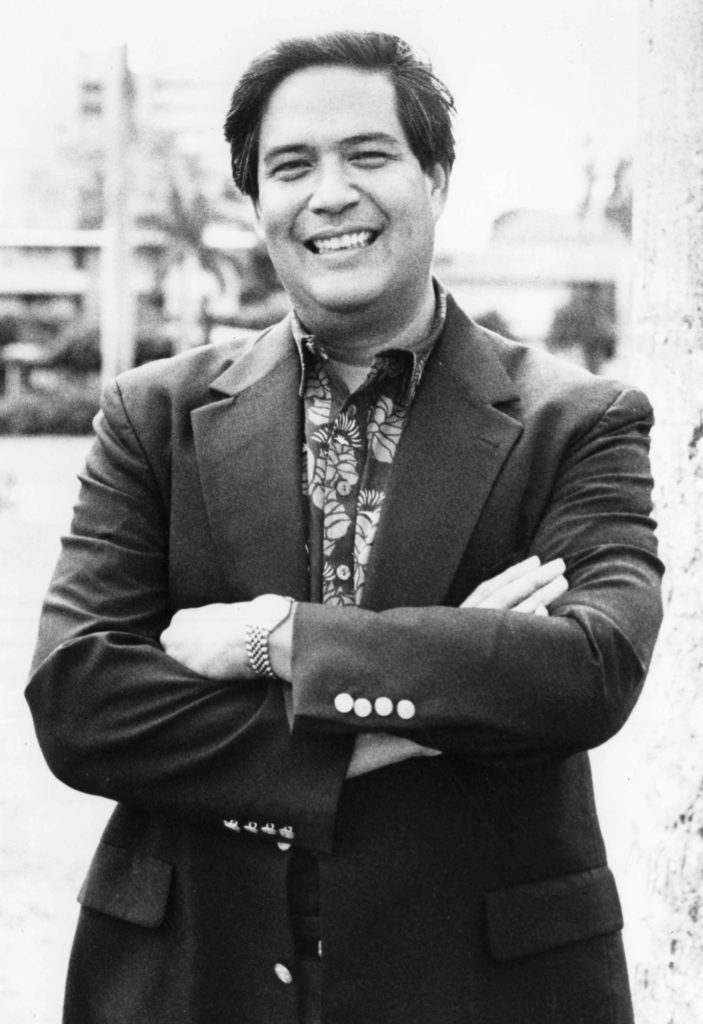
By Diane Seo ’85
More than 500 employees had gathered at the Chapel in 1994, as Jim Scott ’70 presented his vision for Punahou at his opening presidential address to faculty and staff. In his remarks, he talked about the school he wants to work at – a school that would connect with the outside community and share its resources, and likewise promote among its students a sense of responsibility toward each other and the world.
His ideal school would have a need-blind admissions policy to be able to admit highly qualified students regardless of their socio-economic background. The school would provide every admitted student with the financial support they needed to attend the school. He also envisioned a school that would attract and nurture faculty who would take full advantage of professional development. His dream school would have a campus with inspired learning environments to accommodate rich educational programs.
It’s remarkable, 25 years later, to realize that Scott thoughtfully and carefully led Punahou on a path to become the world-class institution he originally envisioned.
While many of these goals already existed at Punahou before Scott’s arrival, plans needed to be activated – in some cases by allocating adequate funding. For instance, to attract and retain great teachers, Scott prioritized making a deeper investment in professional development.
Financial aid dramatically increased
The School also created greater financial access for students. In 1994, Punahou awarded $1 million in financial aid. This past school year, 745 students – 20% of the student body – received $7.6 million. The ability to offer tuition support to 100% of admitted students with demonstrated financial need is a major accomplishment of Scott’s tenure. It’s part of his overall mission to make Punahou a private school with a public purpose. “It was expensive, but I firmly believed we should be attracting talented and motivated kids without finances being a filter,” Scott says. “By realizing this, we have achieved a level of excellence that makes us world-class. Plus, it’s good business. If you’re highly selective, a healthy financial aid budget is going to help you become even more selective.”
With Scott’s direction, Punahou also created the Luke Center for Public Service in 2002, and launched the Clarence T.C. Ching PUEO (Partnerships in Unlimited Educational Opportunities) program in 2005, to help underprivileged public school students with their college aspirations.
Connecting alumni to the School
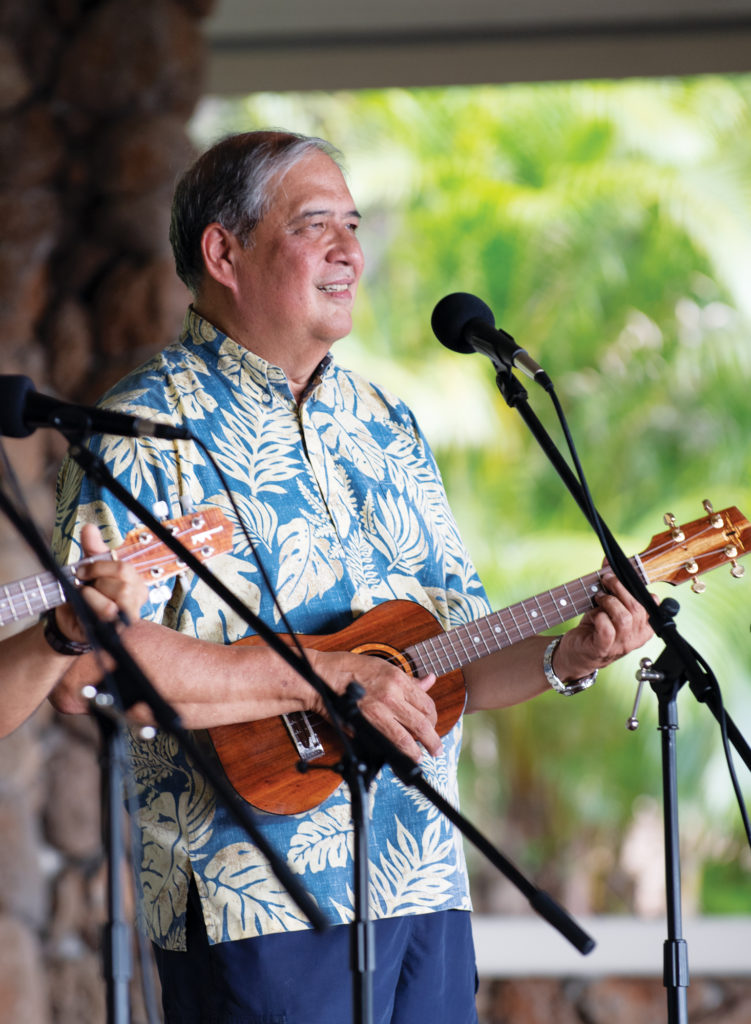
Scott wasn’t prepared to become emotional during his recent worldwide tour to say goodbye to the Punahou community, but he couldn’t help but be deeply moved when so many young alumni showed up to say “thank you.” Many of them told him that his message to them – to live a life of social responsibility – resonated deeply. That moved Scott tremendously and made him realize that his efforts were significant. “I’ve always thought about what it means to be a Punahou graduate when we give graduates their diplomas,” Scott says. “It’s not enough to brag about our kids if they are not going to improve lives outside of Punahou. There’s individual social responsibility that they need to be aware of, and our School needs to set the example for that.”
Scott is also credited with helping build a thriving consortium of alumni chapters, which provides amazing networking opportunities for graduates and connects them to the School. “I tell our seniors every year they’re about to join one of the coolest networks on the planet; it’s called the Punahou Alumni Association,” he says.
Reimagined learning environments
Then there’s the physical transformation of the Campus. Under Scott’s direction and leadership, the following buildings and areas were transformed during his presidency – Mamiya Science Center, Case Middle School, Omidyar Kindergarten and First Grade Neighborhood and the Sidney and Minnie Kosasa Community for Grades 2 – 5. Scott says Punahou wasn’t just renovating buildings, but changing the paradigm of education.
Along with creating cutting-edge learning spaces, Punahou embraced green design. The School is now pushing for net zero, which means buildings with zero net energy consumption. The School could have saved money by not doing this, Scott says, but it was important to strive for the highest bar of sustainability as an example for the community and students. That is the thought leadership that an educational institution like Punahou should always be striving for, he adds.
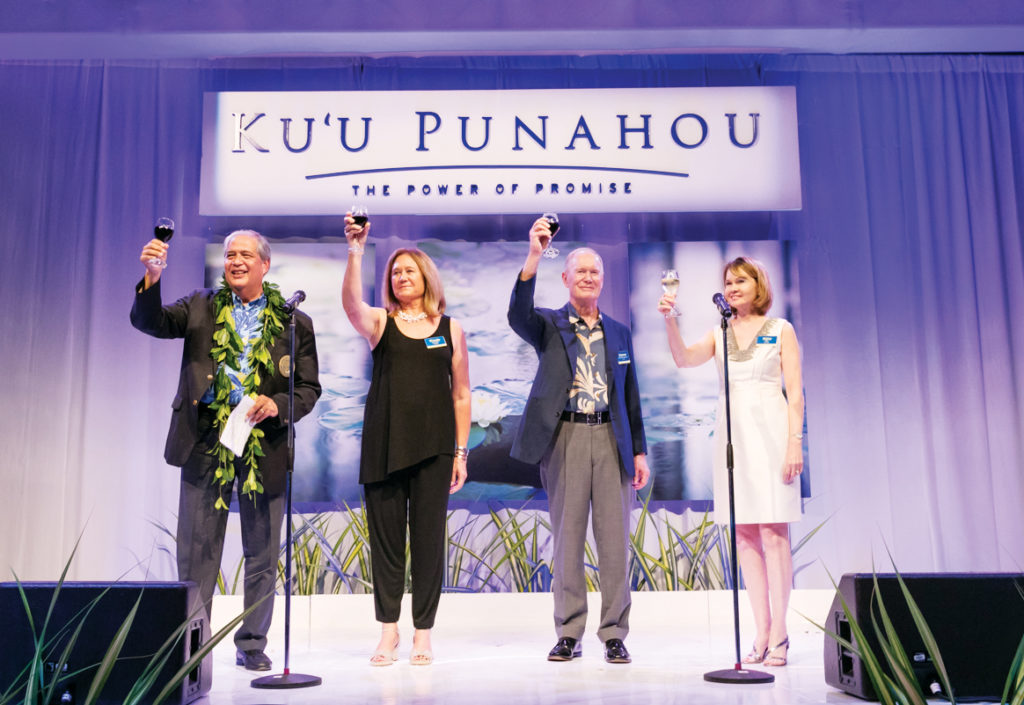
Thankful for the support
Scott says he’s leaving filled with gratitude toward the entire Punahou community who have worked together over the past 25 years to accomplish great things for the School. Along with faculty and staff, including custodians and service workers, Scott is thankful for donors, whether they contributed a few dollars to millions. “Their gifts come with high trust and confidence in us, and I’ve never taken that for granted,” he says. “My belief was that I could honor their generosity by being the best we can be. That was always my focus.”
He also acknowledges that Trustees allowed him to take a long view of his job, instead of pressuring him to accomplish everything in his first few years. Scott says their support was critical in executing his key goals.
But what moves Scott the most, and actually gets him the most emotional, are students, who carry the torch of the future.
“To whom much is given, much is expected.”
The 11,000 students who have received diplomas from Scott over the past 25 years have heard and internalized this refrain. It’s clear he repeated this mantra with the intent that he wants Punahou to turn out good people – humble scholars, athletes and artists who pursue their life passions with vigor, but also heart. This is the legacy he is proudest to leave, and one that will ensure Punahou’s place as an educational force, but also one that guides the world to a better place.
